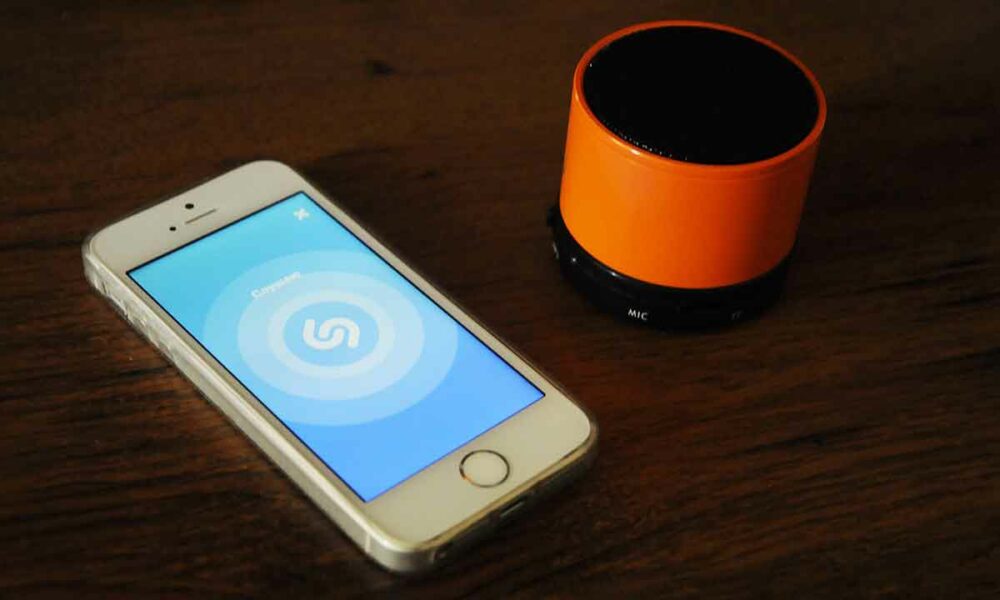Many will be surprised to learn that Shazam, an application that became popular shortly after the arrival of the first smartphones (at the end of the first decade of this century), is as old as it seems knowing that it celebrates its 20th anniversary today. And yet it is so, and what’s more, the beginnings of the company that was created to start working on this technology are even earlier, dating back to 1999.
In its early days, first in the United Kingdom (its creators were students from Berkeley, California, but worked at an Internet consulting company based in London) and later also in the United States, the service operated through phone calls and text messages. The user had to make a phone call and transmit up to 30 seconds of songs to be identified, which were processed by the first version of Shazam. Once the piece was identified, the user received an SMS message with the given identification.
The initial name of the service was 2580 as this was the short number that had to be dialed to use it. In the response message, the service later started adding direct purchase/download links to the identified track in addition to the title and artist. To use the Service in the United Kingdom, in 2006 the cost per call and answer was £0.60although the modality flat rate for £4.50 per month.

During his early years Shazam concluded agreements with several operators, but that all changed with the advent of smartphones and app stores. Apple was interested in the service from the very beginning, to the point that Shazam was part of the applications offered in the App Store from the first day of its launch. Shortly after, it moved to Android and other defunct platforms such as Windows Mobile and Blackberry OS.
Between 2008 and 2017, the company signed several agreements with various online music stores, as it was verified from the first moment that the percentage of users who purchased a song after matching it with Shazam was unusually high. But everything changed at the end of 2017, when Apple announced that it was going to acquire the company for 400 million dollars. The European Commission reviewed the acquisition and finally approved it in September 2018, when the operation was completed. Since then, Shazam has been a subsidiary of Applealthough the service is still available on other platforms such as Android and Windows (in this case via a browser extension.
How does Shazam work?
Explained in a simple way, service it analyzes each song and creates a unique track based on the frequency of each of the most notable sounds that make up the piece and the time in which it occurs. For this, a spectrogram is used, which is then converted into what the creator of the system calls a “Constellation Map”. This map is in turn used to create multiple markers of the two frequencies with the time separating the first from the second. This process is graphically represented in paper which defines how Shazam’s identification system works:

For each song, Shazam generates several fingerprints and creates a hash for each of them.. This way, when we use Shazam to identify a song, the app will record and process the audio, performing a process similar to the one described above. As you can imagine, during this, what it does is generate hash track of a track, and at that point it only has to cross-reference the data of that recording with its database of hashes of all the tracks indexed by that system. Thus, only a sufficient number of matches will be needed for identification.
This is, as I indicated at the beginning, a basic description of how Shazam works, If you want to go deeper, you have two very interesting ways to do it.. In case you prefer a complete but fun and friendly explanation, I recommend the video dedicated to Shazam that Jaime Altozano posted a few years ago. On the other hand, if you prefer more in-depth knowledge, although it is also a bit more laborious, you can check out the article published by Avery Li-Chun Wang, one of the creators of Shazam, in which he explains in detail how it works.
